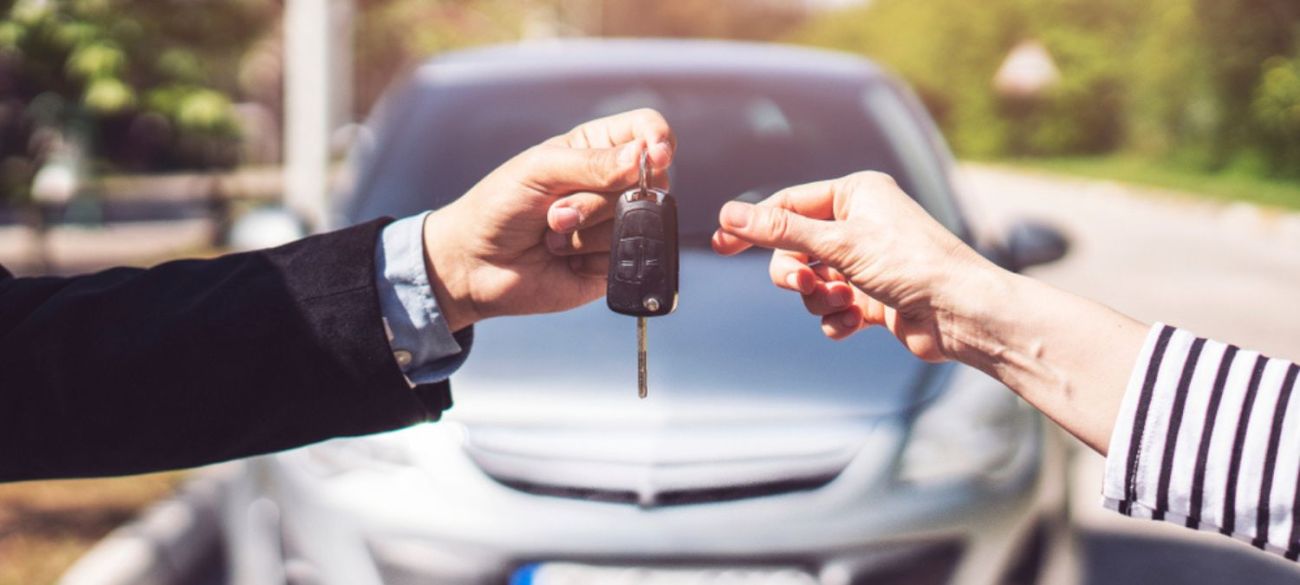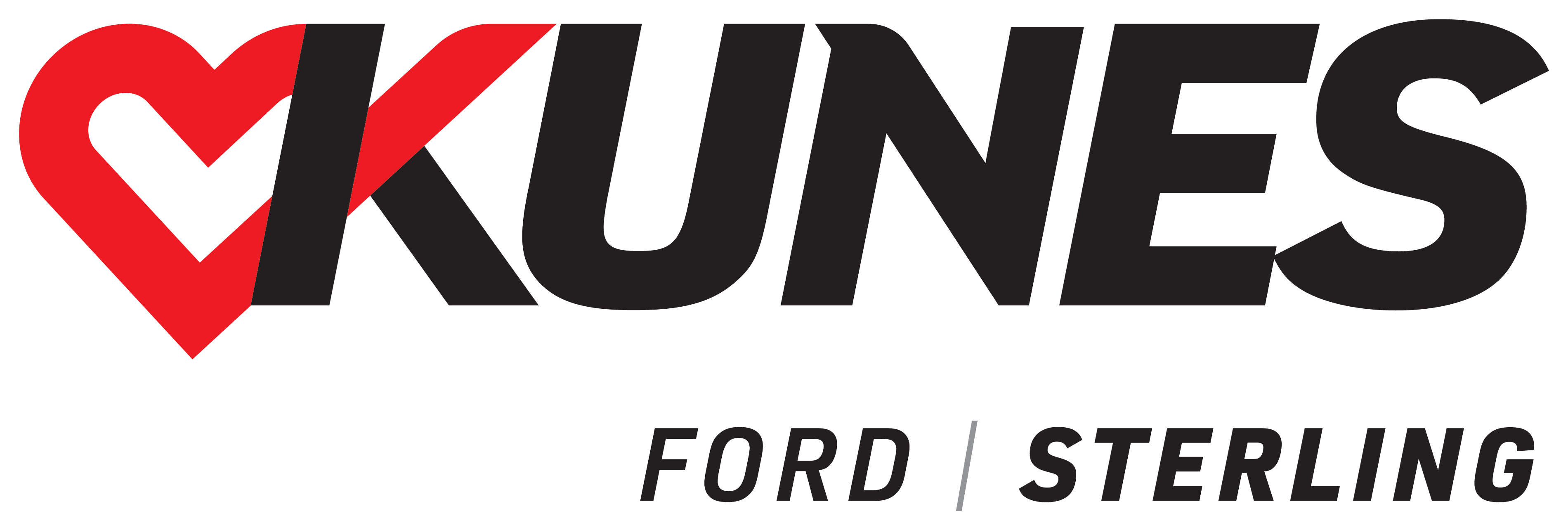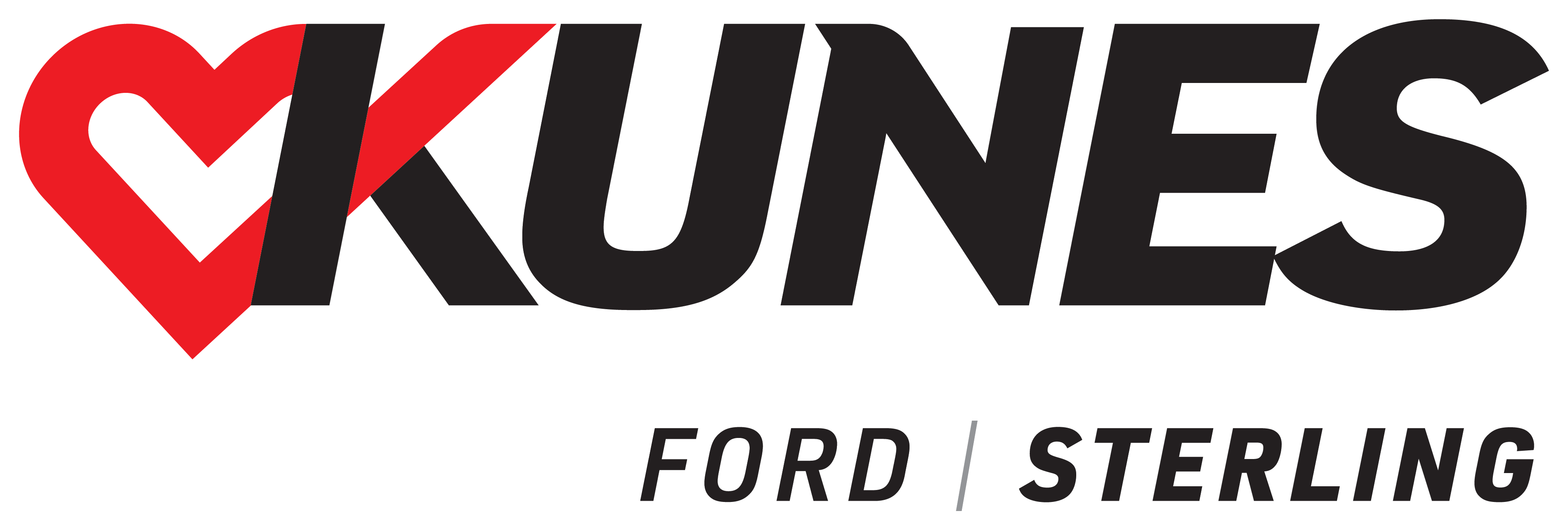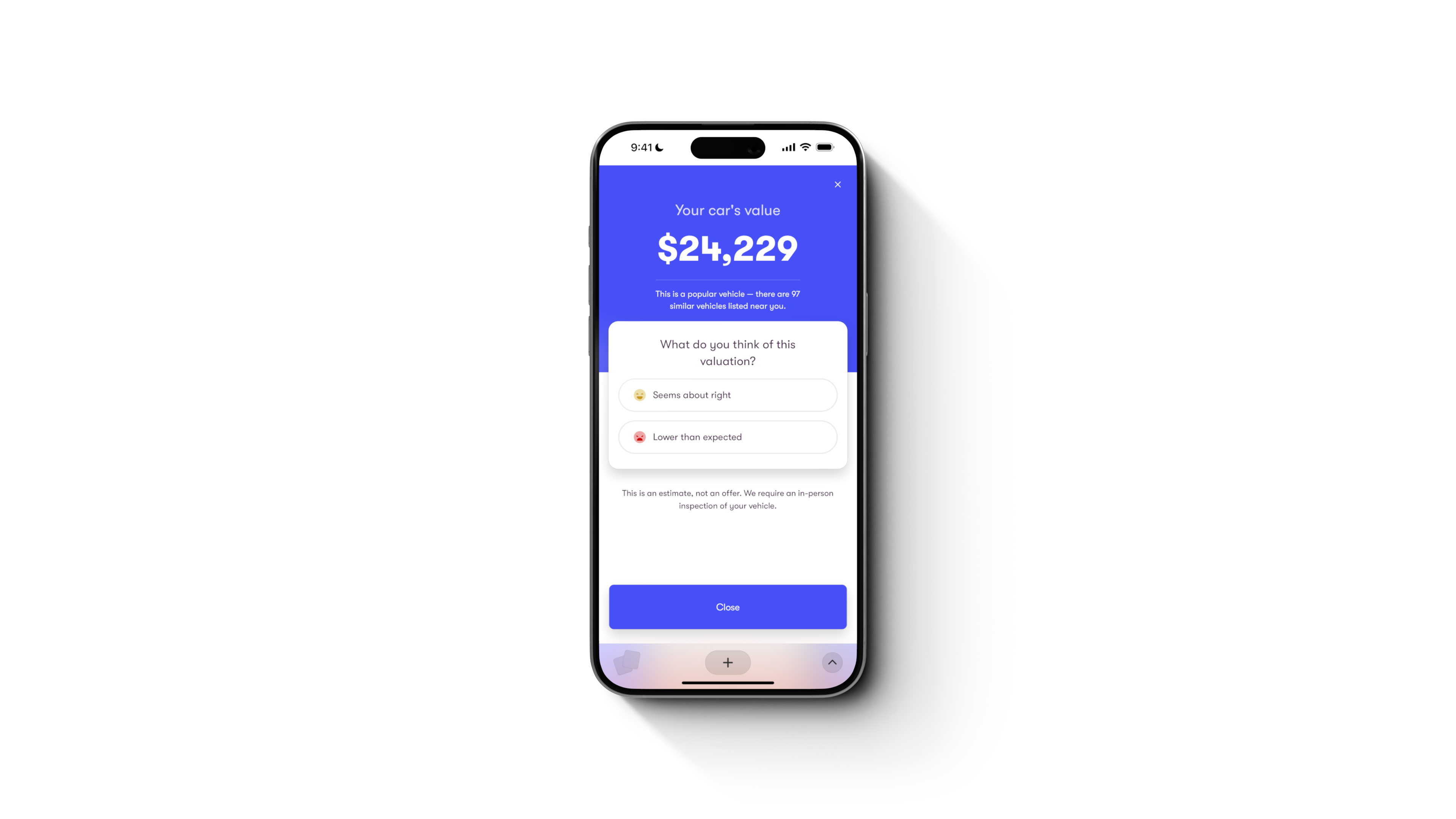Trade In Your Vehicle at Kunes Ford of Sterling
Trading in your current car is a simple and efficient way to upgrade to a new car while reducing the financial burden of your next purchase. Whether you’re wondering how to trade in a car or looking for the best trade-in deals for cars, this guide will walk you through the process and provide valuable tips to maximize your car’s trade-in value.
Understanding Trade-Ins
What is a Trade-In and How Does It Work?
A trade-in is a process where you sell your old vehicle to a dealership and use the trade-in value as a credit towards the purchase of a new or used car. The trade-in value is the amount that the dealership is willing to pay for your old vehicle, and it is usually lower than the private-party resale value. When you trade in your car, the dealership will appraise its value and make you an offer. If you accept the offer, the trade-in value will be deducted from the purchase price of the new vehicle.
Benefits and Drawbacks of Trading In Your Vehicle
Trading in your vehicle can be a convenient way to get rid of your old car and purchase a new one. The benefits of trading in your vehicle include:
- Convenience: Trading in your vehicle allows you to complete the transaction in one place, and the dealership will handle the paperwork.
- Time-saving: Trading in your vehicle saves you time and effort compared to selling your car privately.
- Potential tax benefits: In some states, the trade-in value of your vehicle can be deducted from the sales tax on your new vehicle.
However, there are also some drawbacks to consider:
- Lower trade-in value: The trade-in value of your vehicle is usually lower than the private-party resale value.
- Limited control: When you trade in your vehicle, you have limited control over the sale price and the terms of the deal.
- Potential for negative equity: If you owe more on your car loan than the trade-in value of your vehicle, you may end up with negative equity.

Why Trade In Your Vehicle?
Trading in your vehicle offers several benefits:
- Convenience: The process is straightforward and eliminates the hassle of selling your car privately.
- Cost Savings: Apply your trade-in value directly toward the cost of your new car, reducing the amount you finance.
- Time-Saving: Avoid the time and effort of listing, negotiating, and meeting with potential buyers.
How to Trade In a Car: Steps to Success
1. Determine Your Car’s Value
Use a trade-in value calculator to estimate your car's price and worth. Tools like Kelley Blue Book or Edmunds can provide a baseline value based on your car’s make, model, year, mileage, and condition.
2. Maximize Your Car’s Trade-In Value
- Clean and Detail: A well-maintained, clean car gives a better impression and can increase its car's trade in value.
- Fix Minor Repairs: Address small issues like replacing worn-out wipers or burnt-out bulbs.
- Gather Documentation: Bring maintenance records, title, and registration to show your car’s history.
3. Research Trade-In Offers
Visit multiple dealerships to compare trade in quotes and car dealership trade-in offers. Some dealerships may provide better deals depending on their inventory needs.
4. Negotiate Your Trade-In Value
Understanding how trade in price is determined—based on market demand, condition, and mileage—can help you negotiate effectively. Present the research you’ve done to support your request for a higher offer.
5. Finalize the Trade-In
Once you’ve agreed on a trade-in value, the dealership will apply it toward your new purchase. If you’re not buying another car, they may offer you the value as cash. If you’re financing your new purchase, understanding the terms of your new car loan is crucial to avoid negative equity.
Preparing Your Vehicle for Trade-In
Gathering Necessary Documents
To prepare your vehicle for trade-in, you will need to gather the necessary documents, including:
- Vehicle title: Make sure the title is free of any liens or loans.
- Registration: Provide the current registration for your vehicle.
- Proof of insurance: Show proof of insurance for your vehicle.
- Service records: Gather any service records or maintenance documents for your vehicle.
- Any other relevant documents: Provide any other relevant documents, such as receipts for repairs or maintenance.
It’s also a good idea to clean and prepare your vehicle for the trade-in appraisal. This can include:
- Cleaning the interior and exterior of the vehicle
- Making any necessary repairs or maintenance
- Providing any additional features or upgrades that may increase the trade-in value
By gathering the necessary documents and preparing your vehicle, you can ensure a smooth trade-in process and get the best possible trade-in value for your vehicle.

Tips for Getting the Most for Your Trade-In
- Shop Around: Visit multiple dealerships for quotes.
- Timing Matters: Trade in your car when demand is high, such as spring or summer for convertibles.
- Know Your Car’s Worth: Leverage online tools and market trends to ensure you’re getting a fair price and offer.
Should You Trade In or Sell Your Car Privately?
Benefits of Trading In Your Vehicle at a Dealership
- Ease and Efficiency: The dealership handles the paperwork and transfer process.
- Immediate Value: Apply your trade-in credit immediately toward your new car.
- Tax Savings: Many states offer tax incentives for trade-ins, reducing the taxable amount of your new purchase, meaning you pay sales tax on a lower amount.
Special Situations: Negative Equity and Trade-Ins
Trading in a Car with Negative Equity
Negative equity occurs when you owe more on your car loan than its trade-in value.
- Roll the Negative Equity: Apply the remaining balance to your new loan, but be cautious about increasing your monthly payments.
- Pay Down the Loan: Consider paying off some of the balance to reduce negative equity before trading in.

What to Know Before Trading In Your Car
- Outstanding Loans: Check your car’s loan payoff amount and ensure you have enough equity, especially if you have multiple auto loans.
- Inspection Results: Be prepared for the dealership to inspect your car and adjust the offer based on its condition.
- Current Promotions: Look for best trade-in deals for cars at local dealerships, especially during sales events.
Actionable Steps: Where to Trade In Your Vehicle
- Best Places to Trade In a Car Near Me: Search for reputable dealerships with strong customer reviews and trade-in programs.
- Fast and Easy Car Trade-In Process: Many dealerships offer streamlined trade-in options with online appraisals and same-day offers for your new or used vehicle.
- How to Trade In Your Car for a Down Payment: Discuss applying your trade-in value directly toward your new car’s down payment for a seamless transaction.
Trading in your vehicle is a convenient way to upgrade to a new car while saving time and effort. By understanding the vehicle trade-in process, maximizing your car’s value, and choosing the right dealership, you can secure a great deal and enjoy a smooth transition to your next ride.
Ready to trade in your car? Visit your local dealership today and take the first step toward driving home in your dream vehicle.


